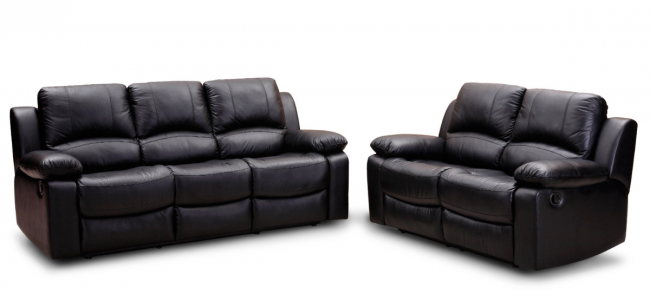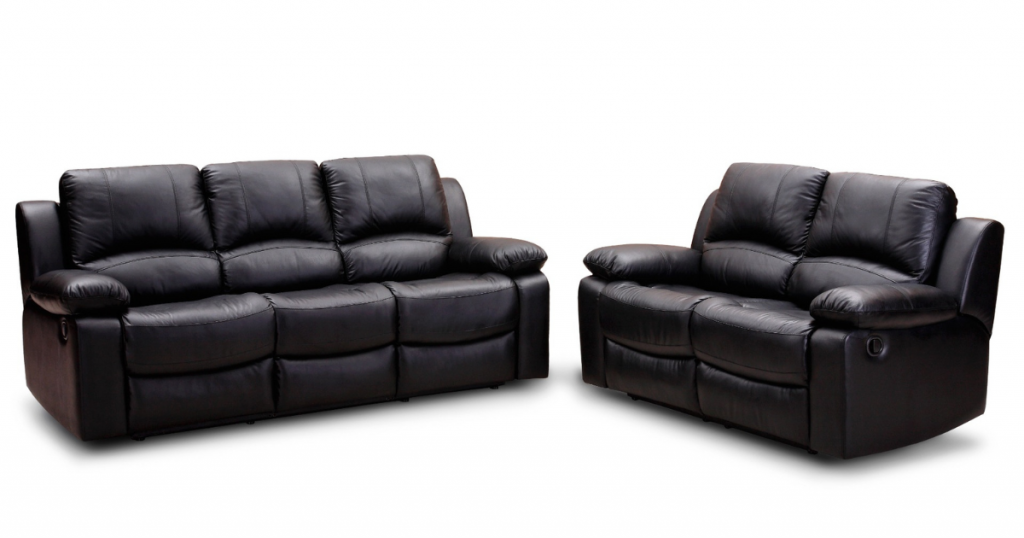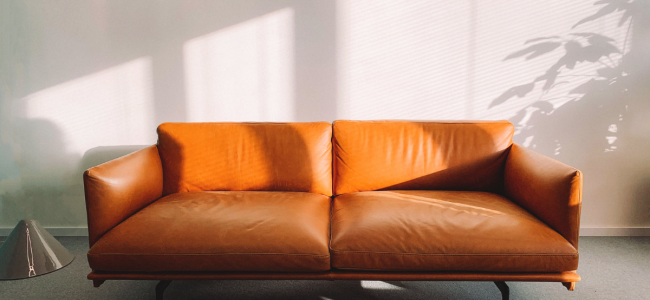

If you’re looking for an easy and affordable way to give your West Elm leather sofa a fresh, updated look, consider changing the legs. This simple DIY project can be completed in just a few easy steps and will instantly transform the look and feel of your furniture. Not only will changing the legs of your West Elm leather sofa give it a new look, but it can also extend the life of your furniture by correcting any wobbling or instability caused by worn-out legs.
With a wide range of options available, from tapered wooden legs to metal hairpin legs, you’re sure to find the perfect set of legs to suit your style and home décor. The process of changing the legs of your sofa is straightforward and requires only a few basic tools, such as a screwdriver, measuring tape, pliers, and screws. Whether you’re a seasoned DIY enthusiast or simply looking to give your sofa a quick update, changing the legs is a simple and effective solution.
So if you’re ready to breathe new life into your West Elm leather sofa, read on to learn about the different options available for sofa legs and how to change them yourself. With step-by-step instructions and plenty of helpful tips, this guide is the perfect resource for anyone looking to update their furniture in a quick, cost-effective way.
Why Change the Legs of Your West Elm Leather Sofa?
There are several compelling reasons to change the legs of your West Elm leather sofa, including:
Style Update: If you’re looking to change the style of your sofa or simply update its look, changing the legs is a simple and effective solution. With a wide range of options available, from tapered wooden legs to metal hairpin legs, you’re sure to find the perfect set of legs to suit your style and home décor.
Correct instability: Over time, the legs of your sofa can become worn out or damaged, leading to wobbling or instability. Changing the legs of your West Elm leather sofa is an easy way to correct this problem and extend the life of your furniture.
Cost-effective: Compared to buying a new sofa, changing the legs is a cost-effective solution that can breathe new life into your existing furniture. This can be especially useful if you’re happy with the overall style and comfort of your sofa but want to update its look.
Easy DIY project: The process of changing the legs of your sofa is straightforward and requires only a few basic tools, such as a screwdriver, measuring tape, pliers, and screws. Whether you’re a seasoned DIY enthusiast or simply looking to give your sofa a quick update, changing the legs is a simple and manageable project that you can complete in just a few hours.
Eco-friendly: By extending the life of your existing furniture, changing the legs can also be an eco-friendly choice. By choosing to update and repair your existing furniture, you’re reducing waste and helping to conserve resources.
Choosing the Right Legs for Your West Elm Leather Sofa
When it comes to choosing the right legs for your West Elm leather sofa, there are a few things to consider. Firstly, you’ll want to choose legs that are compatible with the sofa’s style and size. Secondly, you’ll want to choose legs that are durable and able to withstand the weight of the sofa. Finally, you’ll want to choose legs that complement the style of your home décor.
Some popular options for West Elm leather sofa legs include tapered wooden legs, metal hairpin legs, and mid-century modern-style wooden legs. It’s important to measure the height of your current sofa legs to ensure the new legs will be the right height for your sofa.
How to Change the Legs of Your West Elm Leather Sofa
Changing the legs of your West Elm leather sofa is a simple DIY project that can be completed in just a few easy steps. Here’s what you’ll need to get started:
- New legs
- Screwdriver
- Measuring tape
- Pliers
- Screws
And here’s how to do it:
- Remove the old legs by unscrewing them with a screwdriver.
- Measure the height of the new legs and make any necessary adjustments to ensure they are the right height for your sofa.
- Attach the new legs to the bottom of the sofa using screws and a screwdriver.
- Tighten the screws with pliers to ensure the legs are securely attached.
It’s that simple!
Tips for Maintaining Your New Legs
To keep your new legs looking their best, it’s important to maintain them properly. Here are a few tips to keep in mind:
- Dust and clean the legs regularly to keep them looking their best.
- Avoid placing heavy items on the legs that could cause them to bend or break.
- Use furniture pads or coasters to protect the legs from scratches and dings.
Conclusion
Changing the legs of your West Elm leather sofa is a simple and cost-effective way to breathe new life into your furniture. With a little time and effort, you can give your sofa a fresh, new look that complements your home décor. So why wait? Get started today and see the difference for yourself!
FAQs
Can I change the legs of my West Elm leather sofa myself?
Yes, changing the legs of your West Elm leather sofa is a simple DIY project that can be completed in just a few easy steps. All you need is a screwdriver, measuring tape, pliers, and screws.
What are some popular options for West Elm leather sofa legs?
Popular options for West Elm leather sofa legs include tapered wooden legs, metal hairpin legs, and mid-century modern-style wooden legs.
Do I need to measure the height of my current sofa legs before buying new legs?
Yes, it’s important to measure the height of your current sofa legs to ensure the new legs will be the right height for your sofa.
Can I change the color of my West Elm leather sofa by changing the legs?
While changing the legs won’t change the color of your West Elm leather sofa, it can give it a fresh, updated look that complements your home décor.
How often should I clean and maintain my new legs?
To keep your new legs looking their best, it’s recommended to dust and clean them regularly and protect them from scratches and dings by using furniture pads or coasters.



